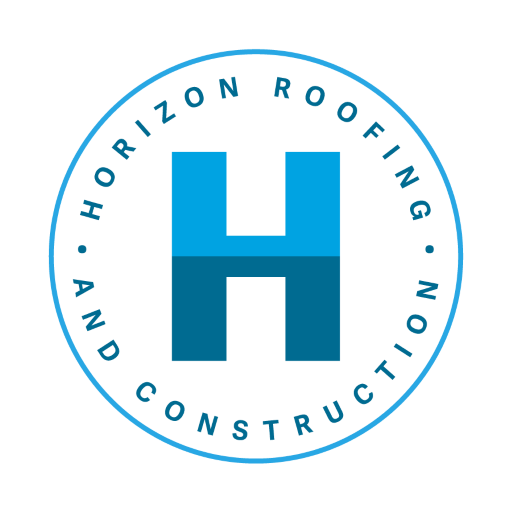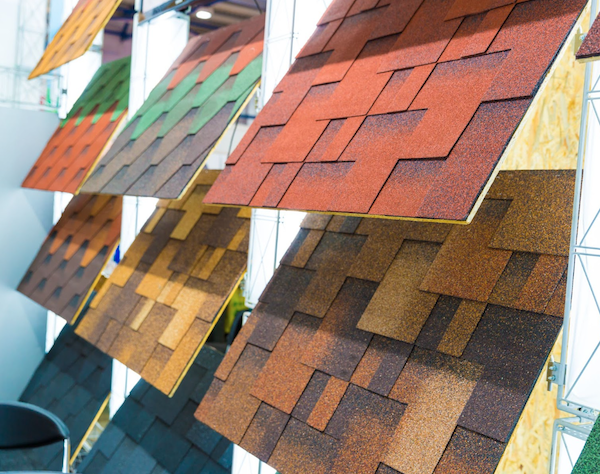The roof color of your home or business can significantly impact the structure’s energy efficiency and overall aesthetic. The choice between a darker or lighter roof color can vary depending on several factors, including location, climate, and personal preference.
Depending on your preferences, you’ll experience various benefits since each shade of color offers different qualities. Use this guide to help determine the basic differences between what you need to consider the next time you choose a color for your roof.
The Benefits of Darker Colored Roofs
Choosing darker roof colors can offer these advantages:
Heat Absorption
Dark roofs absorb more heat, which can help keep your structure warmer in colder months. Heat absorption can help reduce your heating costs without sacrificing warmth.
Energy Efficiency
A dark roof can also be beneficial in hotter climates, as it can help to reduce the amount of heat entering the inside of your home or business. This helps keep your interior cooler, reducing the load on your air conditioning system and lowering your energy bills.
Durability
Darker roof colors tend to be more durable than lighter roofs, as they appear to better withstand extreme temperatures, rain, and other environmental factors.
The Benefits of Lighter Colored Roofs
On the other hand, lighter roof colors offer these benefits:
Reflective Properties
Lighter roofs reflect more light and heat, making them ideal for hot climates. Reflecting the sun’s rays helps keep your place cooler and lighten the load on your A/C system.
Energy Efficiency
Reflecting heat and light, the amount of energy needed to cool your space is reduced when lighter roofs are used. Lower energy bills and a more eco-friendly living environment are additional pros.
Aesthetic Appeal
Lighter roofs can add a clean, modern look to your structure’s roofline, complementing your exterior and making your place stand out.
The Disadvantages of Dark Roof Colors
While darker roof colors have several benefits, there’s also disadvantages to consider:
Increased Heat
As mentioned earlier, darker roofs tend to absorb more heat. In hot climates, this can result in increased temperatures inside your home or business, making it uncomfortable and potentially leading to an increase in your energy costs trying to keep it cool.
Fading
Dark roofs are more susceptible to fading over time because of being exposed to more of the sun’s UV rays. This can make your building look older and less attractive, even after just a few years.
Higher Material Costs
Darker roofs often require specialized materials, such as reflective coatings, to help mitigate the effects of heat absorption. These materials can be more expensive than those used for lighter roofs, leading to a higher overall cost for your new rooftop.
The Disadvantages of Light Roof Colors
Using light roof colors might also expose you to shortcomings, such as:
Reduced Energy Efficiency
In colder climates, lighter roofs might not provide enough insulation to keep your building warm, leading to higher energy costs for you to heat your home or business.
Fading
Lighter roofs are also susceptible to fading over time, since they too are exposed to the sun’s UV rays. This can cause the roof to become discolored, losing its original luster.
Higher Maintenance Costs
Lighter roofs often require more maintenance and cleaning to maintain their appearance, as dirt and grime are more noticeable on lighter surfaces.
What to Consider when Choosing Your Roof Colors
It’s important to carefully consider the advantages and disadvantages of darker and lighter roof colors when picking your roof color. Whether a particular shingle shade is perfect for your home or business depends on factors like:
- Climate – A lighter roof may be best for reflecting heat and reducing energy costs if you live in a hot environment. On the other hand, in colder climates, a darker roof can help keep the building warm.
- Energy Efficiency – Lighter roofs tend to reflect more light and heat, making them ideal for warmer climates, while darker roofs tend to absorb heat, making them better for the cold.
- Aesthetic Appeal – Lighter roofs can compliment light-colored exteriors and create a modern look, while darker roofs can add a traditional feel to a facade.
- Durability – Darker roofs tend to be more resistant to extreme temperatures, rain, and other environmental factors, making them ideal for areas with harsh weather conditions.
- Maintenance – Lighter roofs often require more cleaning and maintenance to uphold their appearance, while darker roofs though more durable, fade over time.
Conclusion
Your choice of roof color should not be a random decision or primarily determined by your design preferences. Take into consideration the various factors highlighted above, and weigh the pros and cons of each choice against your circumstances. This way, you maximize the best qualities of a color shade and perhaps even mitigate disadvantages.
Request a honest, risk-free evaluation of your roof from Northville’s #1 roofing company today! With 25+ years of experience and 5-star reviews, light or dark roof, you can’t go wrong with Horizon Roofing and Construction.

